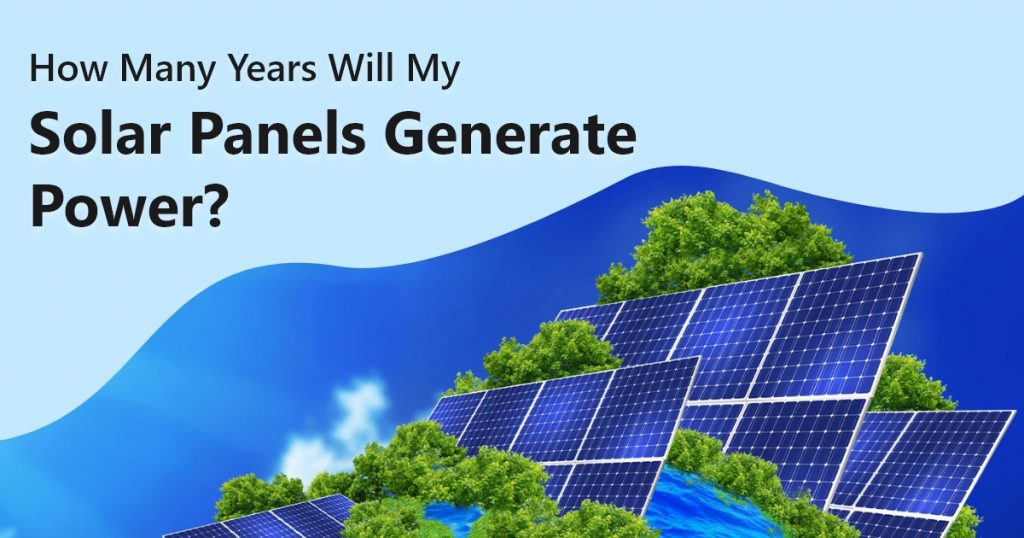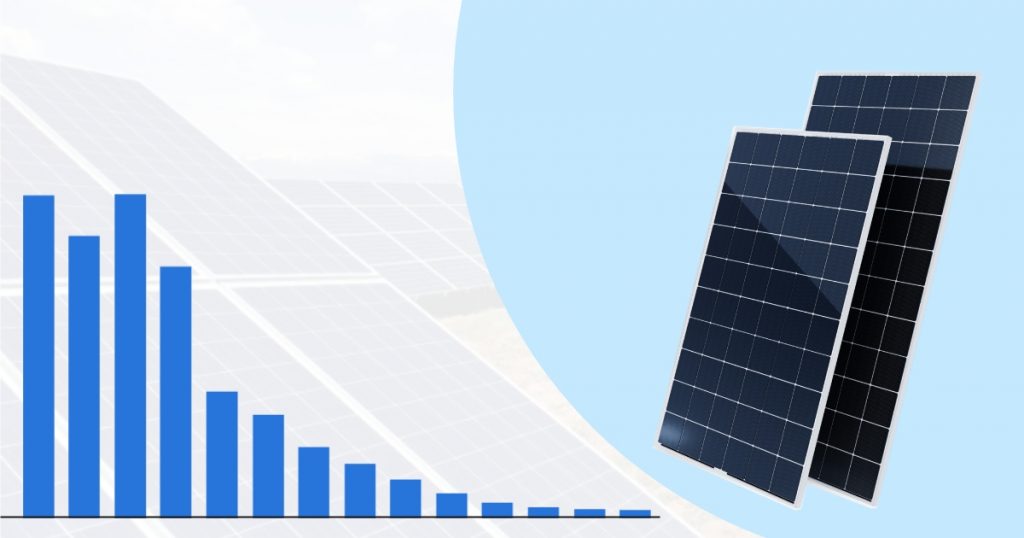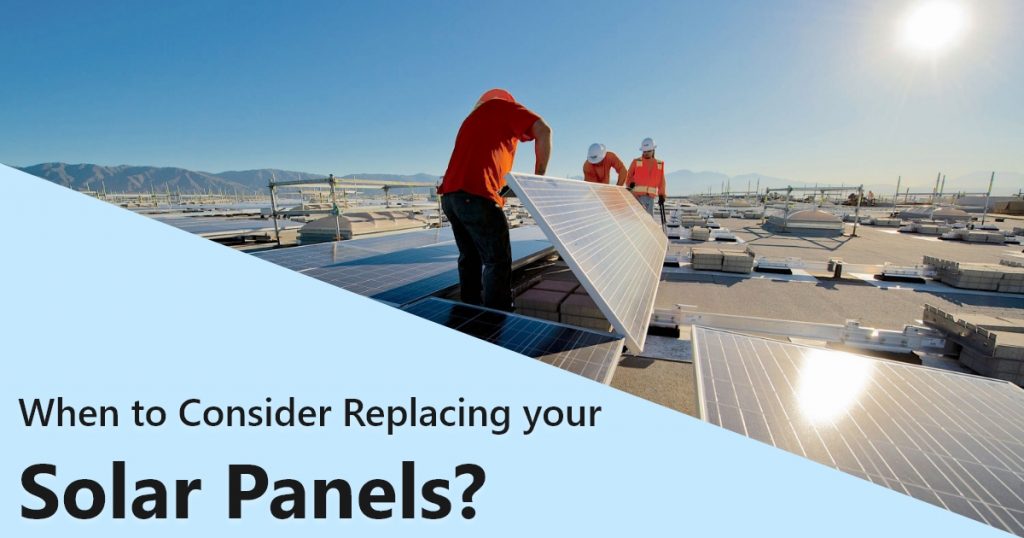How Many Years Will My Solar Panels Generate Power?

“How long do solar panels last?” is one of the most popular questions we get from homeowners considering a solar panel installation. It’s difficult to estimate the upfront cost of adopting solar without knowing how long your rooftop panels will provide enough energy. Your solar panels will be able to offset your electricity demand for decades, but you should be aware of industry estimates and degradation rates.
How Long Do Solar Panels Last?
Solar Panels Power performance can be guaranteed for 25 to 30 years, depending on the manufacturer, but it’s extremely likely that your panels will continue to provide electricity for much longer. The system’s “useful life” is defined as the first 25 to 30 years following installation, but panels can continue to produce electricity for decades longer. At the age of 60, the world’s first modern solar panel is still producing electricity.
What is the useful life of a solar panel? Solar Panels, like a lot of other equipment, don’t work perfectly for their entire life and eventually quit operating in year 30. Solar panels, on the other hand, produce less electricity as they age at a very gradual rate. Degradation is the term for this process.
What is the ‘Solar Panel Degradation Rate’?

Due to factors such as hotter weather and a natural decrease in chemical potency within the panel, solar panels lose their capacity to collect sunlight and convert it into solar energy over time. The “degradation rate” is a term used to describe this.
The better the panel, the lower the deterioration rate. A solar panel that degrades at a slower rate produces more energy over its lifetime.
The rate of degradation varies by brand; higher-quality panels degrade at a slower rate than lower-quality panels. This is crucial to remember when comparing solar panels since it may make more sense to spend more money on higher quality panels in the long run.
- Premium modern solar panel installers and manufacturers such as Panasonic and LG, according to a National Renewable Energy Laboratory (NREL) research, provide panels with deterioration rates as low as 0.30 percent each year.
- The degradation rate for most Tier 1 solar panels is.30 percent, which means that the panels’ performance decreases by.30 percent per year. This adds up to 6.96 percent over 25 years, implying that your panels will function at 93.04 percent of their original capacity in 2045.
- If you buy Tier 2 solar panels, they will decline by.50 percent per year, and by the end of a 25-year guarantee, they will only be able to produce roughly 88.67 percent of their initial capacity.
How to Extend the Life of Your Solar System?
Solar panels installation for home, in general, are incredibly long-lasting. Many solar panels are specifically tested to guarantee that they can endure falling hail, and most manufacturers test their panels to certify that they can withstand severe winds and large snow loads. Furthermore, solar energy systems normally do not have any moving parts and require little to no maintenance.
Also Read: – What Is the Longevity of a Solar Panel? You Should Know Before Installing.
Working with a trustworthy installer who provides excellent customer service is the best way to ensure that your solar panels last a long time. It’s also crucial to buy solar panels with long warranties – many panel manufacturers offer 10- to 12-year equipment warranties that cover defects and environmental damage, as well as production warranties that typically last around 25 years and guarantee that your panels will produce more solar power than a certain amount for your home.
When to Consider Replacing your Solar Panels?

If your energy cost starts to rise again after the 25-year term, it could be because your solar energy system isn’t working properly. In the case that this occurs, you may need to purchase new solar panels.
Many solar businesses provide apps or physical trackers that allow you to track your solar electricity generation on a monthly or even daily basis for you to enjoy benefits for solar panels power. Knowing the normal quantity of energy output from your panels will aid you in detecting any anomalies.
For instance, if your solar panels produce 35 kWh of clean electricity per week and you observe that this has decreased over time to 32 kWh, then 30 kWh – and there is no visible debris or increased shade cover over your roof – this could signal that your panels are degrading. It’s time to replace your panels when they’re no longer providing the amount of electricity your home requires.
Also Read: – What is Off-Grid Solar Energy and How it Works.
Wrapping up-
Going solar is both an investment in the future of the planet and a way to save money on your monthly electric costs. You can ensure that your solar panel system is as sustainable as possible by thoroughly researching solar equipment manufacturers and engaging with solar installers who supply the products you want. Get yourself a leading Solar Companies in California, and get started with your own solar power.